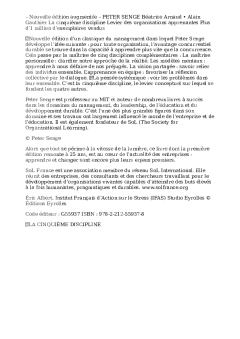A comparison of displaced phase centre antenna and along track interferometry techniques for radarsat 2 ground moving target indication
Can J Remote Sensing Vol No pp ?? A comparison of displaced phase centre antenna and along-track interferometry techniques for RADARSAT- ground moving target indication Shen Chiu and Chuck Livingstone Abstract Canada ? s RADARSAT- commercial synthetic aperture radar SAR satellite will have an experimental mode that will permit ground moving target indication GMTI measurements to be made In this mode of operation the radar antenna is partitioned into two subapertures that sequentially observe the scene of interest from the same point in space Two of the GMTI processing approaches currently being explored are examined in this paper One utilizes the displaced phase centre antenna DPCA clutter- cancellation technique to provide subclutter visibility for dim slowly moving objects The other is based on the along-track interferometry ATI technique in which magnitude and phase information of the targets ? interferograms are exploited to extract them from the background clutter In this paper the performance of each processor is examined for three RADARSAT- slant- range resolutions and m The study focuses on the in uence of SAR resolution cell size on the GMTI processor performance Results indicate that as SAR slant-range resolution increases the SAR ATI improves in performance whereas the SAR DPCA does not Résumé Le satellite radar à synthèse d ? ouverture RSO commercial canadien RADARSAT- disposera d ? un mode expérimental qui lui permettra de réaliser des mesures GMTI ground moving target indication ? ?? indication de cible mobile au sol Dans ce mode d ? opération l ? antenne radar est partitionnée en deux sous ouvertures qui observent de façon séquentielle la scène d ? intérêt à partir du même point dans l ? espace Deux des approches de traitement GMTI présentement sous analyse sont examinées dans cet article L ? une utilise la technique d ? annulation du fouillis d ? échos de l ? antenne à centre de phase déplacé DPCA displaced phase centre antenna ? pour fournir une visibilité sous fouillis des objets peu visibles caractérisés par un mouvement lent L ? autre est basée sur la technique d ? interférométrie longitudinale ATI along-track interferometry ? dans laquelle l ? information sur l ? amplitude et la phase des interférogrammes des cibles est exploitée pour permettre de les extraire du fouillis d ? échos de fond Dans cet article la performance de chacun des processeurs est examinée pour trois résolutions distance ??temps de RADARSAT- et m L ? étude s ? intéresse à l ? in uence de la dimension de la cellule de résolution RSO sur la performance du processeur GMTI Les résultats indiquent que avec l ? accroissement de la résolution distance ??temps RSO la performance du produit RSO ATI s ? améliore contrairement au produit RSO DPCA qui ne change pas Traduit par la Rédaction Introduction Until recently the detection and tracking of moving targets have been primarily of military concern and have been operationally supported by specialized airborne sensors With the rapid evolution of radar technology it is now feasible to
Documents similaires










-
50
-
0
-
0
Licence et utilisation
Gratuit pour un usage personnel Aucune attribution requise- Détails
- Publié le Jul 28, 2021
- Catégorie Management
- Langue French
- Taille du fichier 126.1kB


